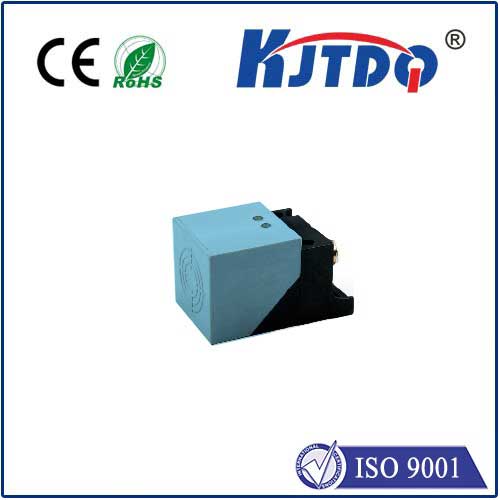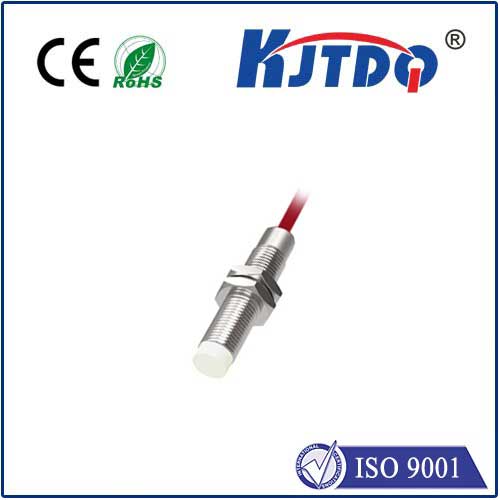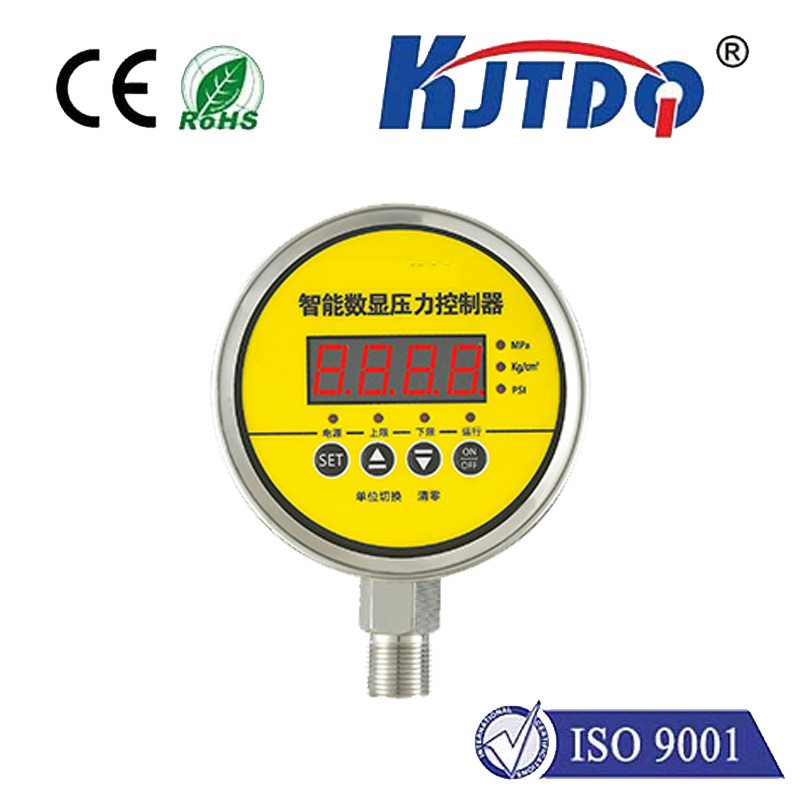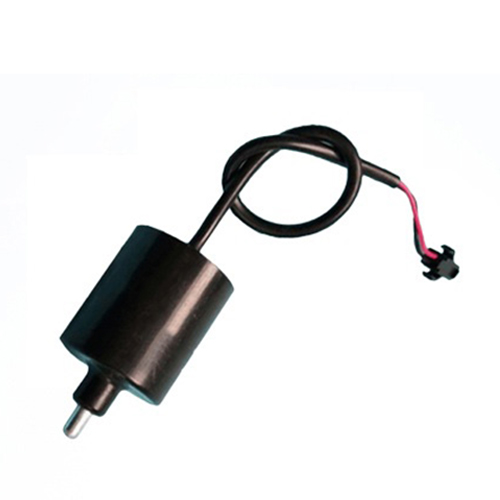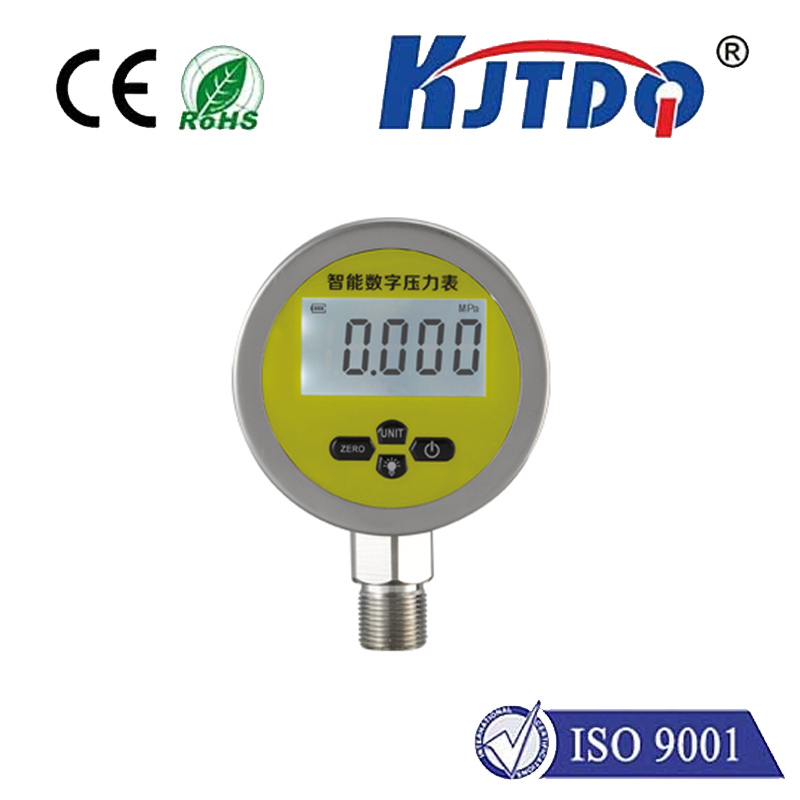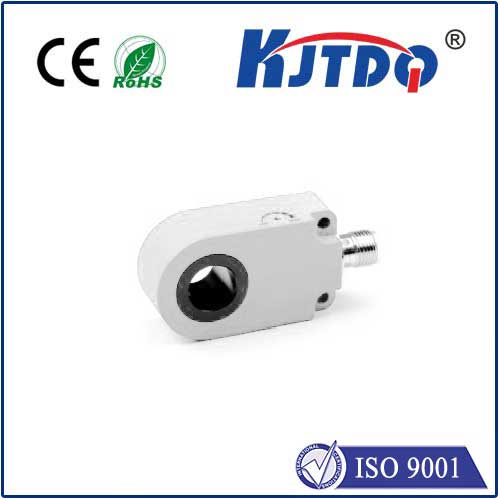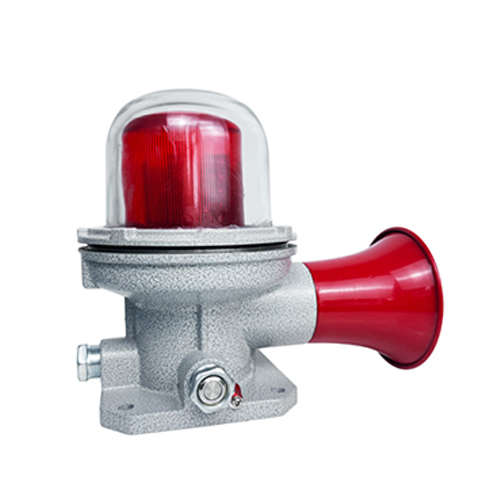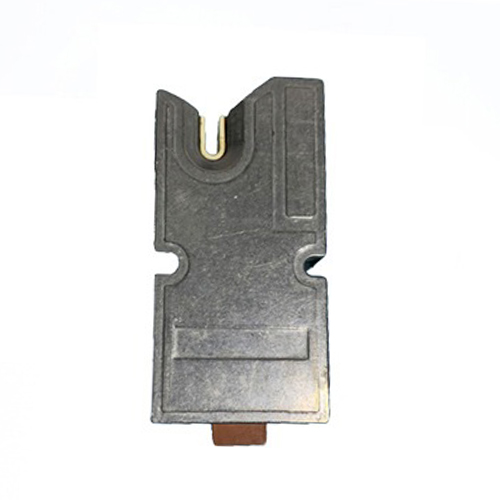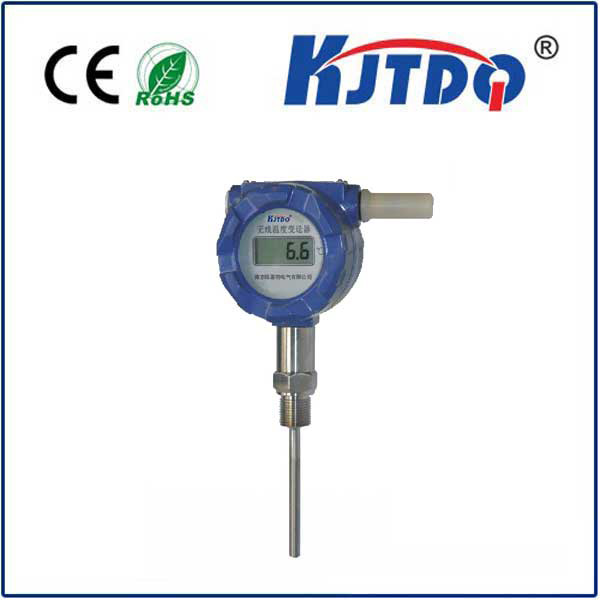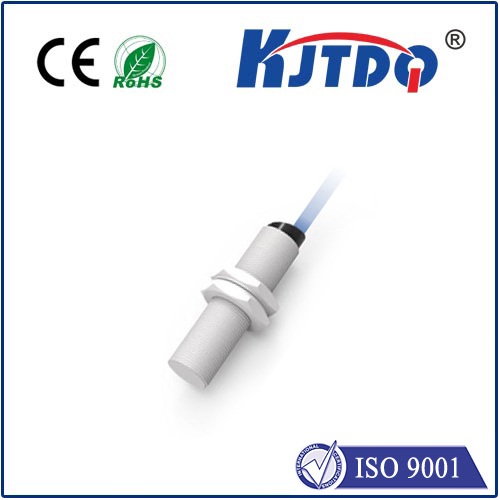

check

check

check

check
The 2 post lift limit switch is a critical component in automotive lift equipment, particularly in two-post lifts. This device ensures that the lifting mechanism does not exceed its maximum height or travel beyond its lowest position, thereby preventing potential damage or accidents. In this article, we will explore the function and importance of the 2 post lift limit switch in maintaining the safe operation of automotive lifts.
Firstly, let's understand the basic functionality of a 2 post lift limit switch. This switch, which can be electrical or mechanical, is designed to engage when the lift reaches either its maximum lifting capacity or its lowest point. When activated, it sends a signal to the lift's control system, prompting it to stop the movement of the lift arm. This safety feature is crucial as it protects both the operator and the vehicle being lifted by preventing any overextension or overlowering of the equipment.
Secondly, the 2 post lift limit switch plays a vital role in ensuring consistent performance from your lift. By setting boundaries for the lift's vertical travel, the switch helps maintain the machinery's alignment and balance. Without proper limit switches, repeated use could lead to misalignment, causing undue stress on various parts of the lift and shortening its overall lifespan.

Thirdly, regular maintenance and inspection of the 2 post lift limit switch are essential for continued safety and reliability. Over time, these switches may wear out or become less sensitive, which could result in failure to activate at the correct moment. To prevent such issues, routine checks should be performed to ensure that the switch is functioning correctly and replacing it if necessary.
Moreover, understanding how to correctly install and adjust the 2 post lift limit switch is important for those who frequently work with or maintain automotive lifts. Improper adjustment or installation can lead to premature activation or deactivation of the switch, compromising the safety mechanisms put in place. Following the manufacturer’s guidelines and specifications is key to achieving optimal performance from these components.
In addition, it is worth noting that some modern lifts are equipped with advanced sensors or programming that offer similar protective functions as traditional limit switches but with enhanced precision and reliability. However, whether using advanced technology or simple mechanical switches, the underlying principle remains the same: to safeguard the operation by enforcing limits on the lift's motion.
Lastly, recognizing when a 2 post lift limit switch needs to be replaced is also part of responsible lift ownership. If a lift is found to repeatedly activate the limit switch prematurely or fail to stop at the designated points, it may be a sign that the switch has worn out or been damaged. Prompt replacement ensures that your lift continues to operate within safe parameters.
In conclusion, the 2 post lift limit switch serves as a critical safety feature in automotive lifts by governing the vertical movement of the lift arms. Regular inspection and maintenance are required to keep this mechanism functioning properly, ensuring the safety of operators and vehicles alike. Whether through traditional switches or more advanced systems, understanding and respecting the operational limits imposed by these devices is essential for the safe use of automotive lift equipment.
